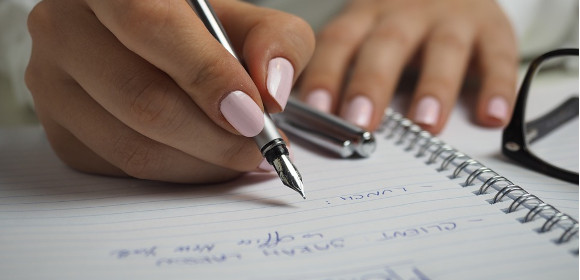21+ MLA Style Examples to Download
In academic writing, adhering to a specific formatting style is crucial to maintain consistency, enhance readability, and demonstrate credibility. One such widely used formatting style is MLA (Modern Language Association) Style Format. With its clear guidelines and standardized rules, MLA Style Format ensures uniformity and accuracy across research papers, essays, and scholarly articles. This article aims to provide a comprehensive understanding of MLA Style Format, including its definition, step-by-step guidelines for writing in this format, frequently asked questions, and a creative conclusion that emphasizes the significance of mastering this style.
1. MLA Style for Academic Research Paper

mtroyal.ca
2. MLA Style Page of Research Paper

wwnorton.com
3. MLA Style Annotated Bibliography
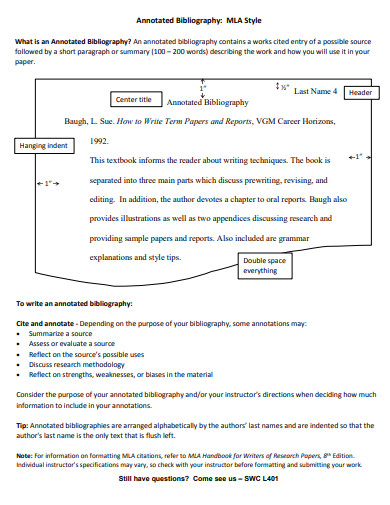
delmar.edu
4. MLA Style Guide
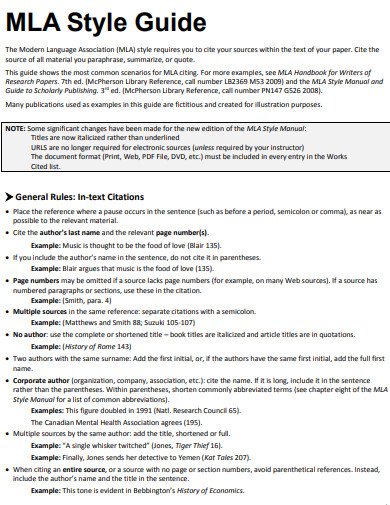
thelawbrigade.com
5. MLA Style Evaluate
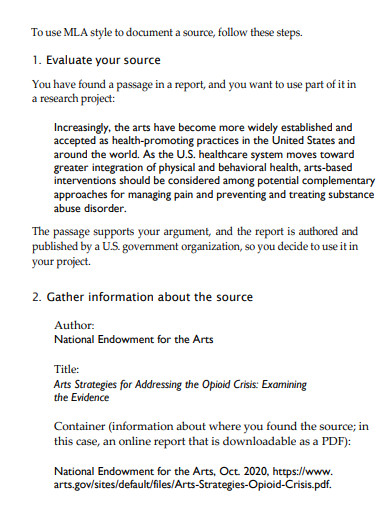
pearson.com
6. MLA Evaluate

pearson.com
7. MLA Documentation Style Essay
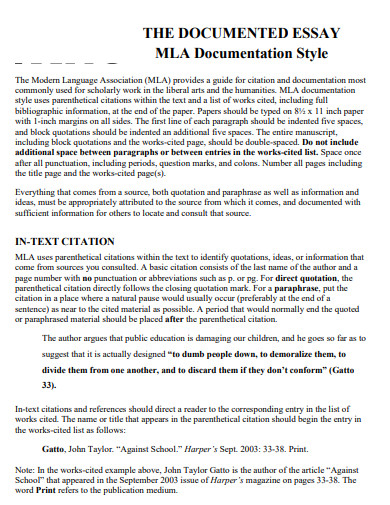
hunter.cuny.edu
8. College MLA Style
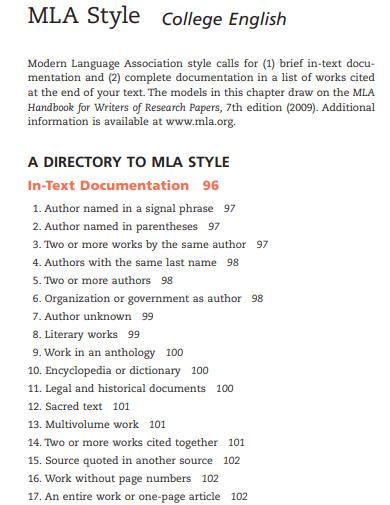
wwnorton.com
9. MLA Style Footnotes And Bibliography
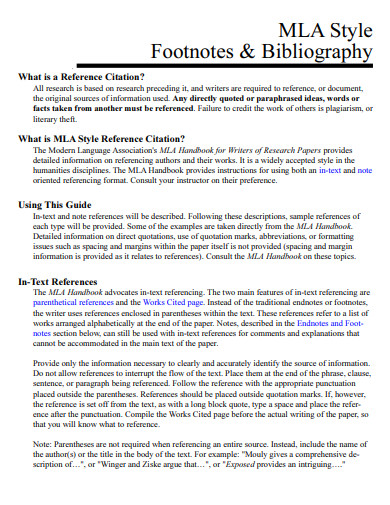
utoledo.edu
10. MLA Style Examples
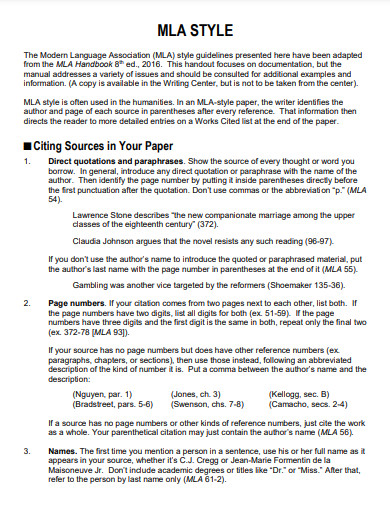
isu.edu
11. MLA Citation Style
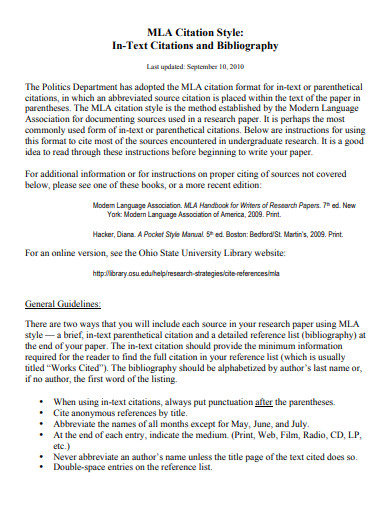
politics.ucsc.edu
12. Introduction to MLA Style
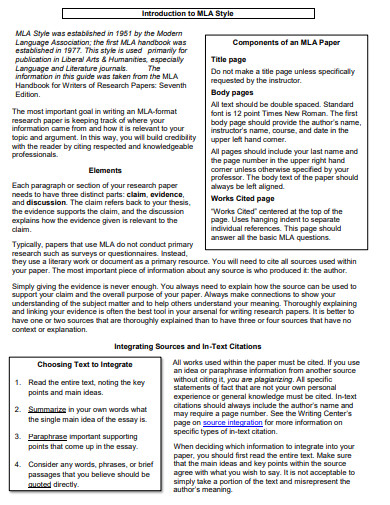
una.edu
13. MLA Documentation Style

wiki.ubc.ca
14. MLA Style Table of Contents
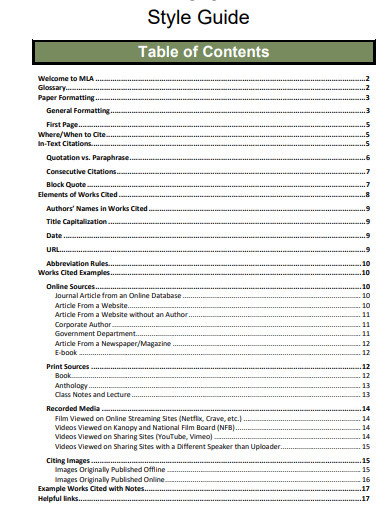
alexandercollege.ca
15. MLA Style 8th Edition
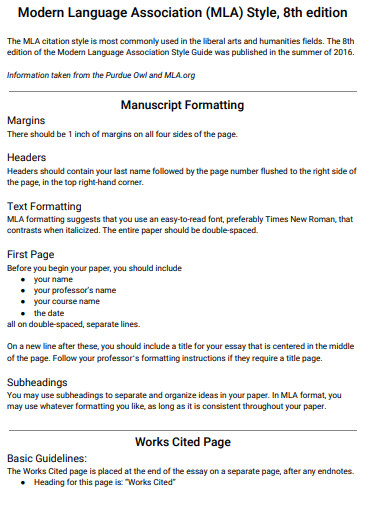
westoahu.hawaii.edu
16. MLA Style Template
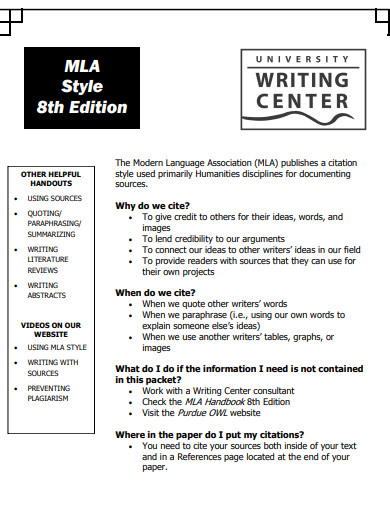
louisville.edu
17. MLA Referencing Style
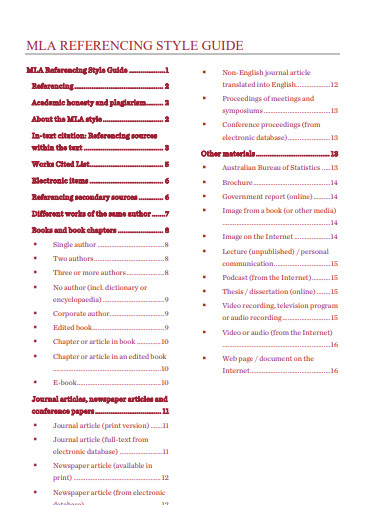
library.westernsydney.edu.au
18. MLA Style Quick Guide
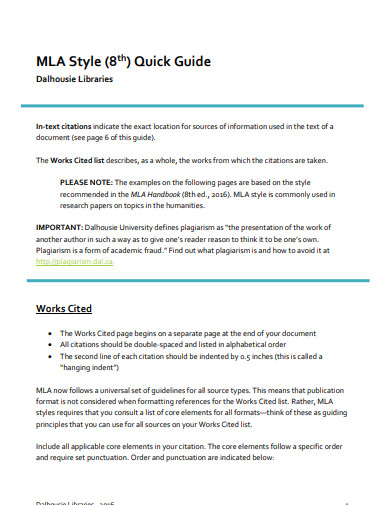
cdn.dal.ca
19. MLA Style Formatting
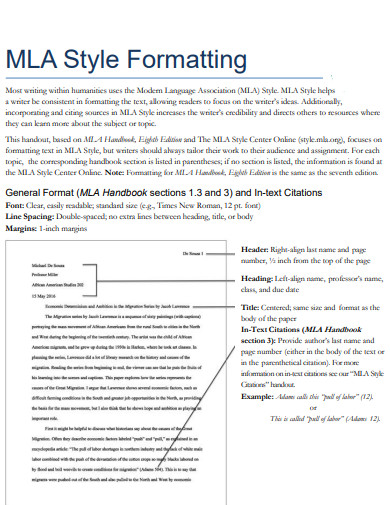
rwc.byu.edu
20. MLA Style Guide Quick Reference
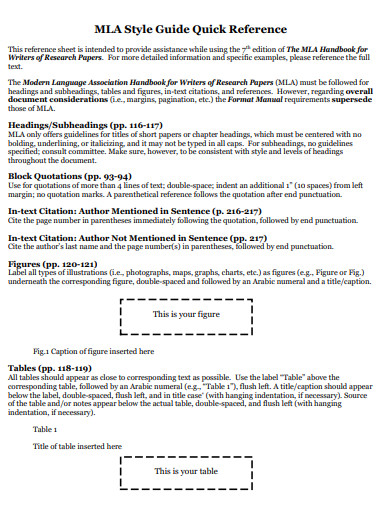
graduate.asu.edu
21. MLA Style Guidelines

brainfuse.com
22. General MLA Style
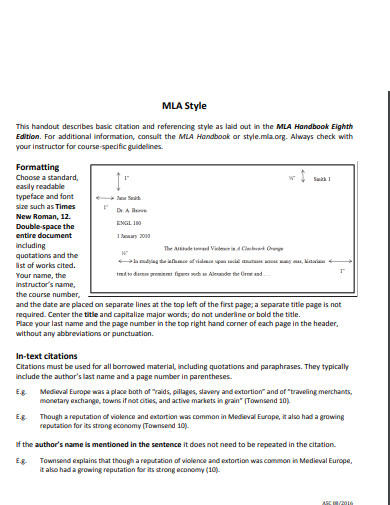
unbc.ca
What is MLA Style Format?
MLA Style Format is a set of guidelines established by the Modern Language Association, primarily used for scholarly writing in the fields of humanities and liberal arts. It provides writers with a standardized approach to structuring their work, citing sources, and formatting bibliographic entries. By employing MLA Style Format, writers can maintain clarity, facilitate comprehension, and enable readers to locate and verify the information they use. It encompasses various elements, including citation formatting, text structure, in-text citations, bibliographies, and more, which collectively contribute to the overall coherence and professionalism of an MLA Format essay.
How to Write in MLA Style Format
Writing an essay or research paper in MLA Style Format involves a systematic approach to ensure consistency and accuracy. By following the step-by-step guidelines outlined below, writers can effectively structure their work and create a well-formatted MLA Format essay.
Step 1: Begin with an Introduction:
Start your MLA Format essay with a concise introduction that provides essential background information and introduces the objective of your work. Make sure to present a clear thesis statement that encapsulates the main argument or purpose of your paper.
Step 2: Structure the Text:
Organize your essay using a logical and coherent structure. Divide your content into sections and paragraphs, ensuring each one contributes to the overall objective of your work. Use clear and concise topic sentences to introduce each paragraph and maintain a smooth flow of ideas.
Step 3: Incorporate Citations:
Include in-text citations throughout your essay to acknowledge and attribute any ideas, facts, or direct quotes borrowed from external sources. Follow the MLA Style Format guidelines for parenthetical citations, using the author’s name and the page number in parentheses.
Step 4: Create a Bibliography:
At the end of your essay, compile a comprehensive bibliography that lists all the sources you have cited. Arrange the entries in alphabetical order according to the authors’ last names. Include the necessary bibliographic information for each source, such as the title of the book or article, the publishing date, and the publisher’s name.
FAQs
What is the purpose of a cover page in MLA Style Format?
n MLA Style Format, a cover page is not required. Instead, the writer’s name, instructor’s name, course title, and date are typically placed at the top left corner of the first page. However, it’s essential to check the specific requirements provided by your instructor or institution.
How should I format a citation for a book in MLA Style Format?
To cite a book in MLA Style Format, provide the author’s last name followed by a comma and their first name. Include the title of the book in italics, the publication date, and the name of the publisher. The citation should be formatted as follows: Last Name, First Name. Title of Book. Publisher, Publication Date.
What is the outline format in MLA Style Format?
The outline format in MLA Style Format follows a hierarchical structure, using Roman numerals (I, II, III) for main sections, capital letters (A, B, C) for sub-sections, Arabic numerals (1, 2, 3) for further divisions, and lowercase letters (a, b, c) for specific points or details within each division.
Mastering MLA Style Format is essential for any writer aiming to excel in academic and scholarly writing. By adhering to its guidelines, writers can effectively communicate their ideas, provide accurate citations, and contribute to the overall credibility of their work. The meticulous attention to detail demonstrated in an MLA Format essay showcases a writer’s commitment to delivering quality research and upholding the objective of fostering objective and well-documented academic discourse. So, embrace the guidelines, sharpen your skills, and let your words flourish within the structured elegance of MLA Style Format.


